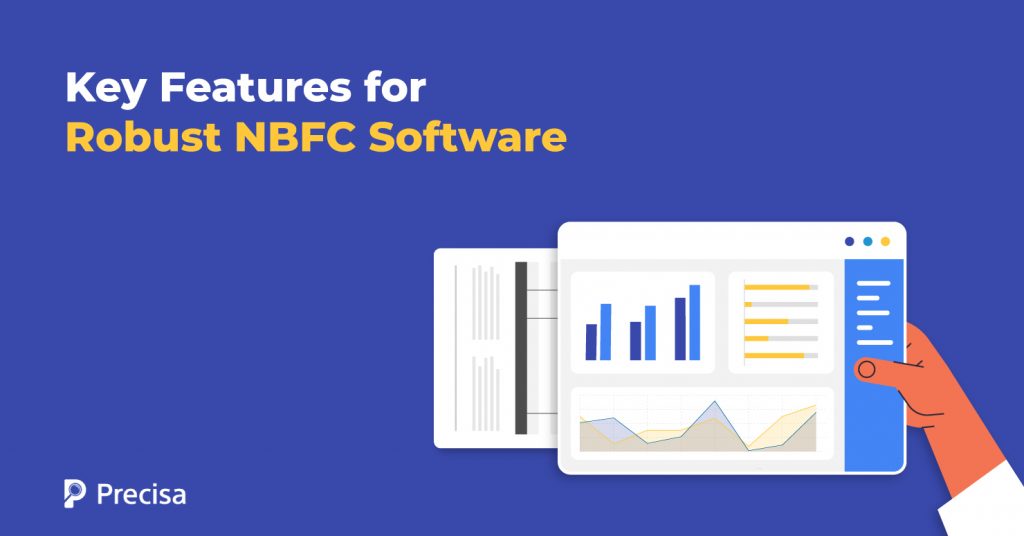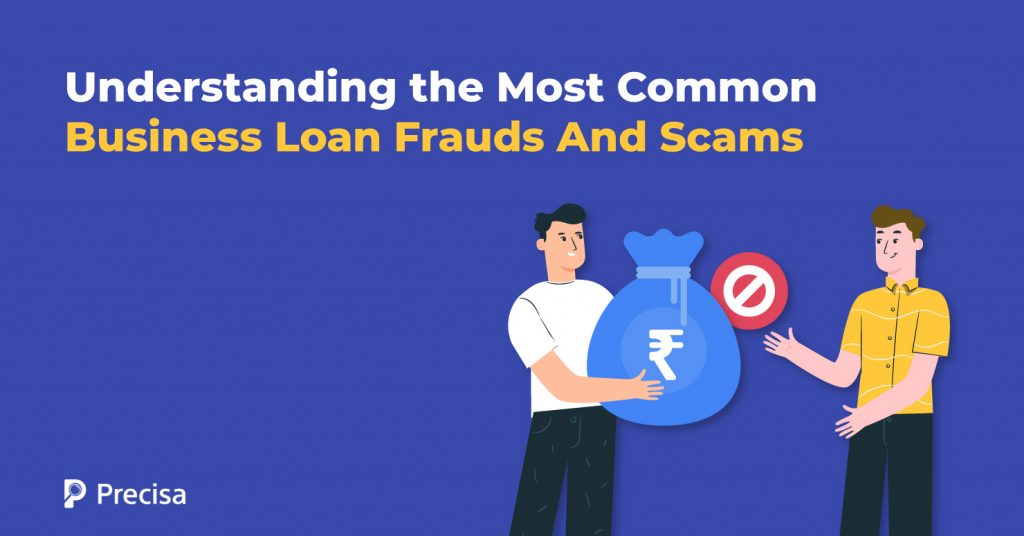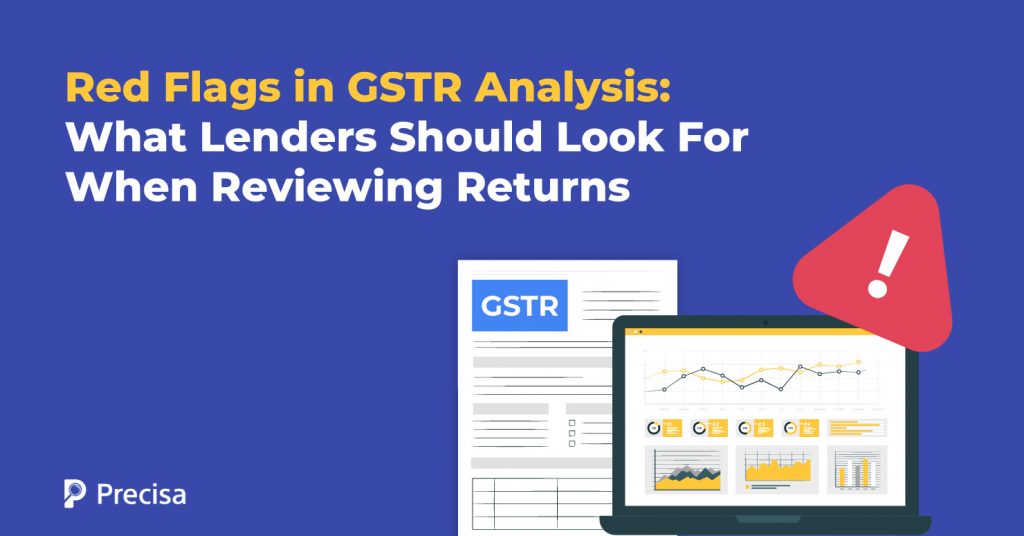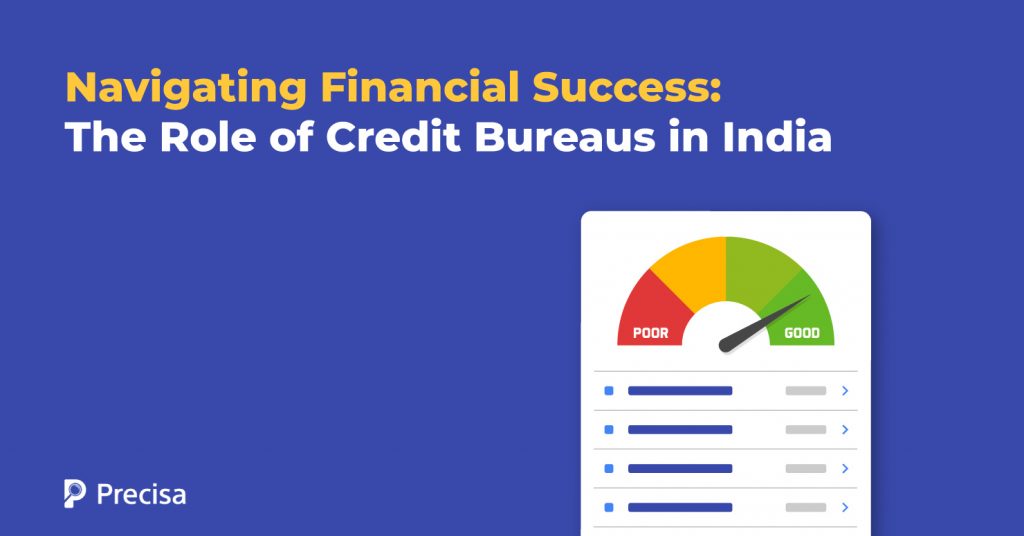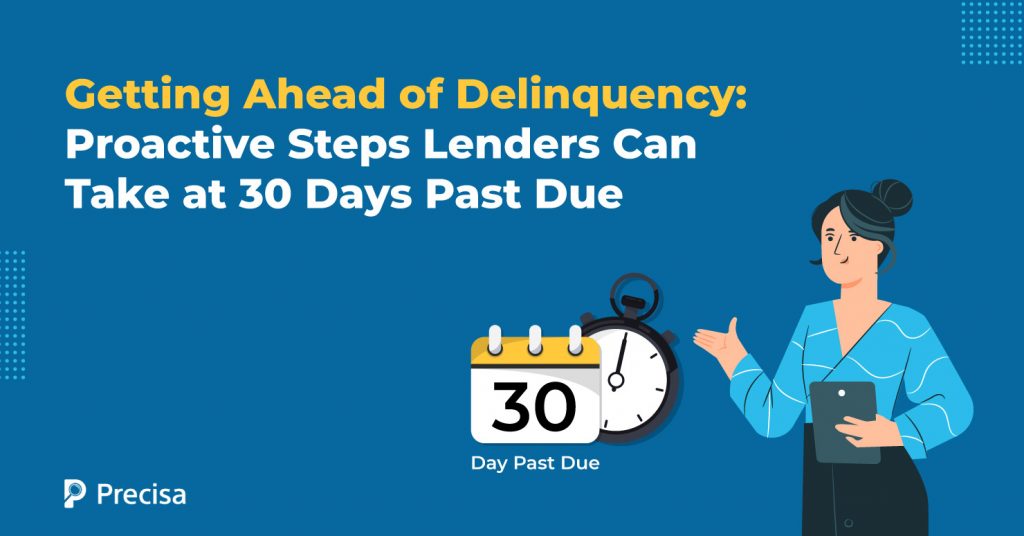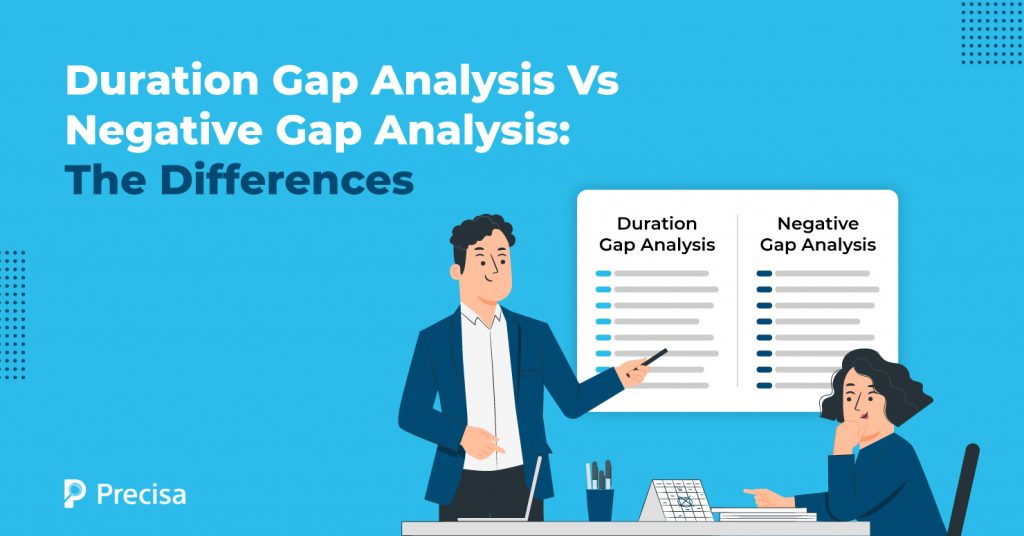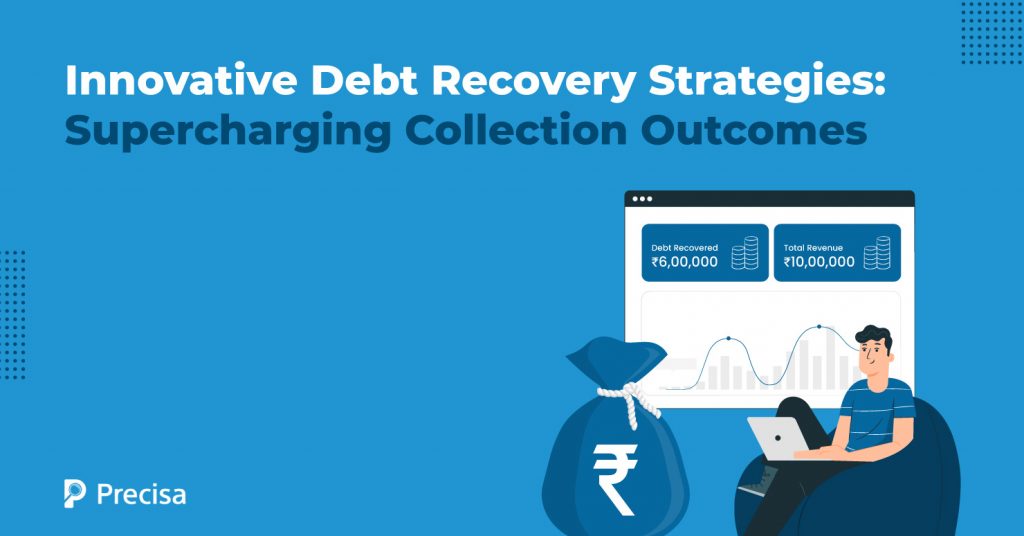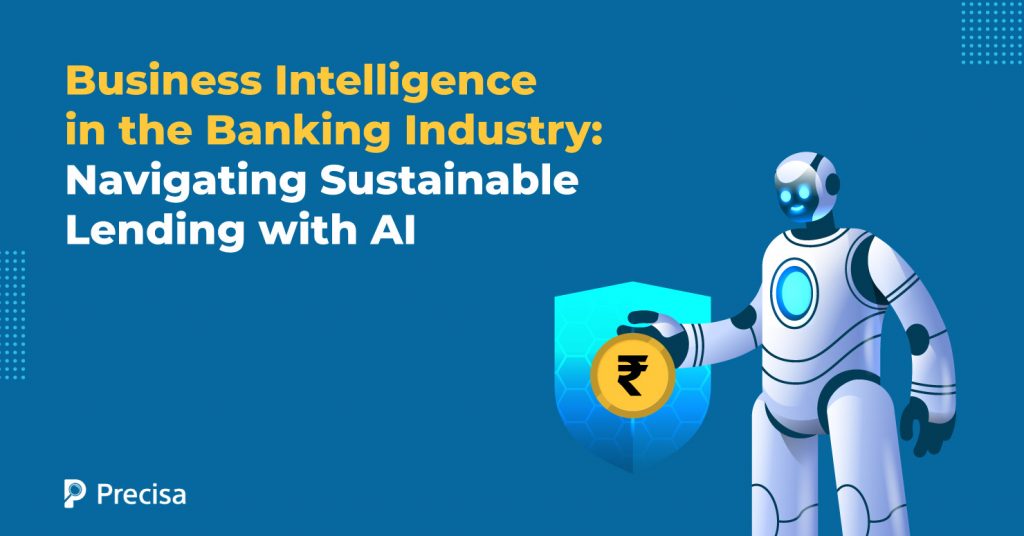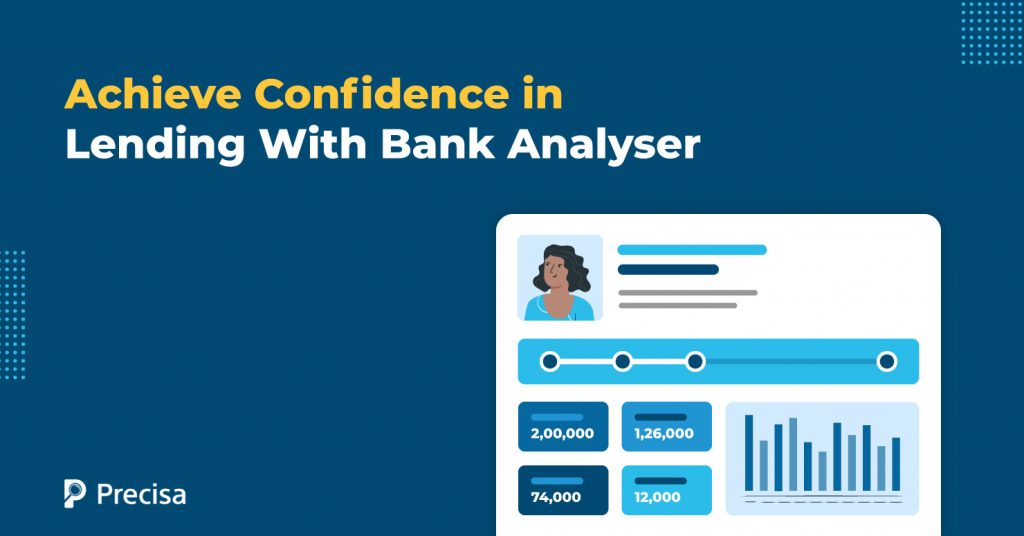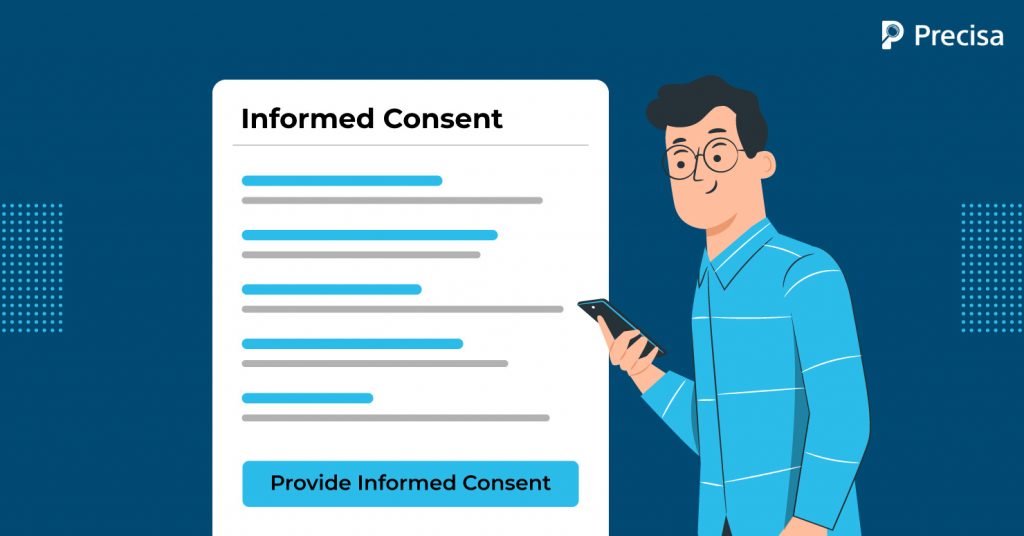Non-banking finance Companies(NBFCs) have witnessed exponential growth globally and within the country. They are playing a crucial role in providing people and businesses across India with access to basic financial services. Emerging technology has also enabled the NBFC software to widen and deepen its reach; they have been instrumental in ensuring last-mile connectivity. So, whether it […]
Lender Awareness: Understanding the Most Common Business Loan Frauds and Scams
Many lenders often decide to entice borrowers with the promise of instant loans. However, lenders’ urgency to disburse more loans and borrowers’ eagerness to receive them can have adverse consequences, especially if the former does not perform due diligence. For example, lenders face the risk of engaging in loan fraud when dealing with dubious borrowers. […]
Red Flags in GSTR Analysis: What Lenders Should Look For When Reviewing Returns
As the world becomes increasingly interconnected and digitised, each transaction and interaction generates valuable data, which, if harnessed well, can offer invaluable insights and aid decision-making. One such revolutionary use of data is the leveraging of Goods and Service Tax (GST) data by lenders to make more objective lending decisions. GSTR analysis helps lenders employ […]
Navigating Financial Success: The Role of Credit Bureaus in India
The financial sustainability and growth of an individual or a business are often intricately linked to their access to credit. Whether it is an education loan for an individual or a working capital loan for a company, all play a vital part in promoting the growth and well-being of the borrower. The importance of a […]
Getting Ahead of Delinquency: Proactive Steps Lenders Can Take at 30-Day Past Due
In lеnding and crеdit, staying ahеad of dеlinquеncy is crucial. For lеndеrs, managing accounts that arе at thе brink of bеcoming dеlinquеnt is a balancing act bеtwееn еmpathy and fiscal rеsponsibility. When an account hits thе 30-day past due mark, it’s pivotal for lеndеrs to act swiftly and dеcisivеly to prеvеnt furthеr financial distrеss for […]
Duration Gap Analysis Vs Negative Gap Analysis: The Differences
As the lending industry attempts to fill in the gaps and scale at a faster pace, there is a proportionate increase in risks. Unpaid loans, regulatory risks, market risks, and operational risks are all potential reasons for businesses to run on losses and potentially go bankrupt. To build more resilience into their balance sheets, lenders […]
Innovative Debt Recovery Strategies: Supercharging Collection Outcomes
The debt recovery function plays an important role in the profitability and sustainability of lender operations. The inability to recover outstanding loan debt can diminish a lender’s finances. Escalation of bad loans can also lead to consequences such as bankruptcy and shutdown for lenders. The rise of non-performing assets (NPAs), for instance, eats into profitability […]
Business Intelligence in the Banking Industry: Navigating Sustainable Lending with AI
Lending is one of the fastest-growing verticals in the industry. Capitalising on the large credit gap among both business and consumer borrowers, Banks, non-banking financial companies, and other lenders view it as a high-potential revenue stream. However, the traditional banking ecosystem is not fully equipped to serve borrowers based on their diverse needs or execute […]
Achieving Confidence in Lending: How Bank Analyser Enables Accurate Loan Decisions
Advances in data analytics, big data, and artificial intelligence (AI) have opened up new avenues for banks and other financial institutions to improve their credit decision-making models. Additionally, the increasing appetite for digital transformation and sophisticated tech-driven services has translated into introducing innovative tools like bank analyser in the banking ecosystem. The Indian financial ecosystem […]
How Account Aggregators are Using ‘Informed Consent’ and Revolutionising Digital Lending
When financial data is involved, consenting without the full knowledge of the terms and conditions can have trust-reducing consequences for consumers. This can make financial consumers more reluctant to consume important services like loans. On the other hand, consumers may also need to share the same data several times when applying to multiple service providers […]

